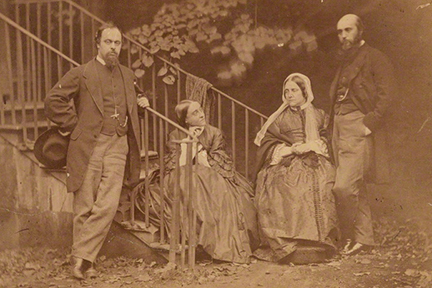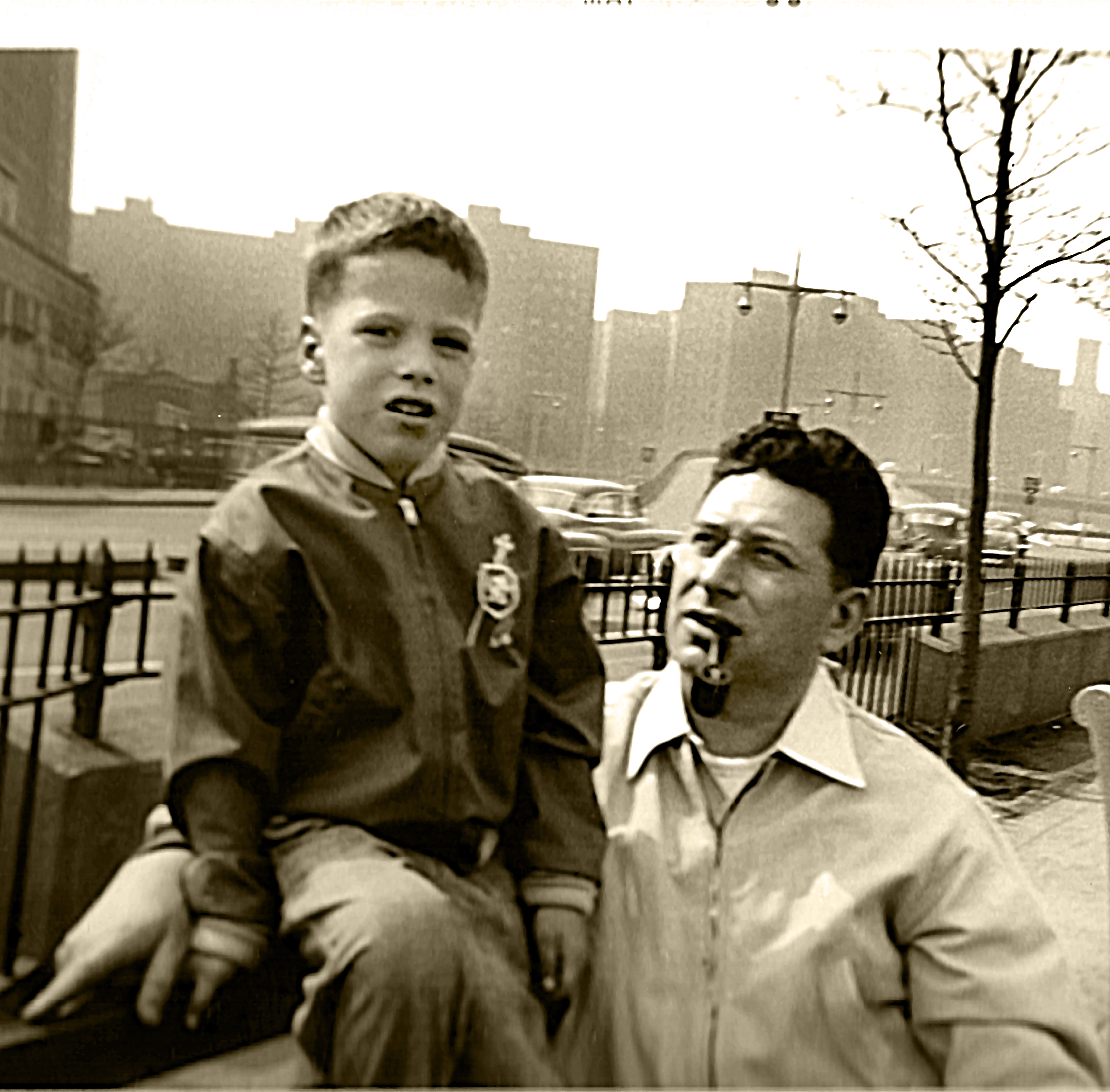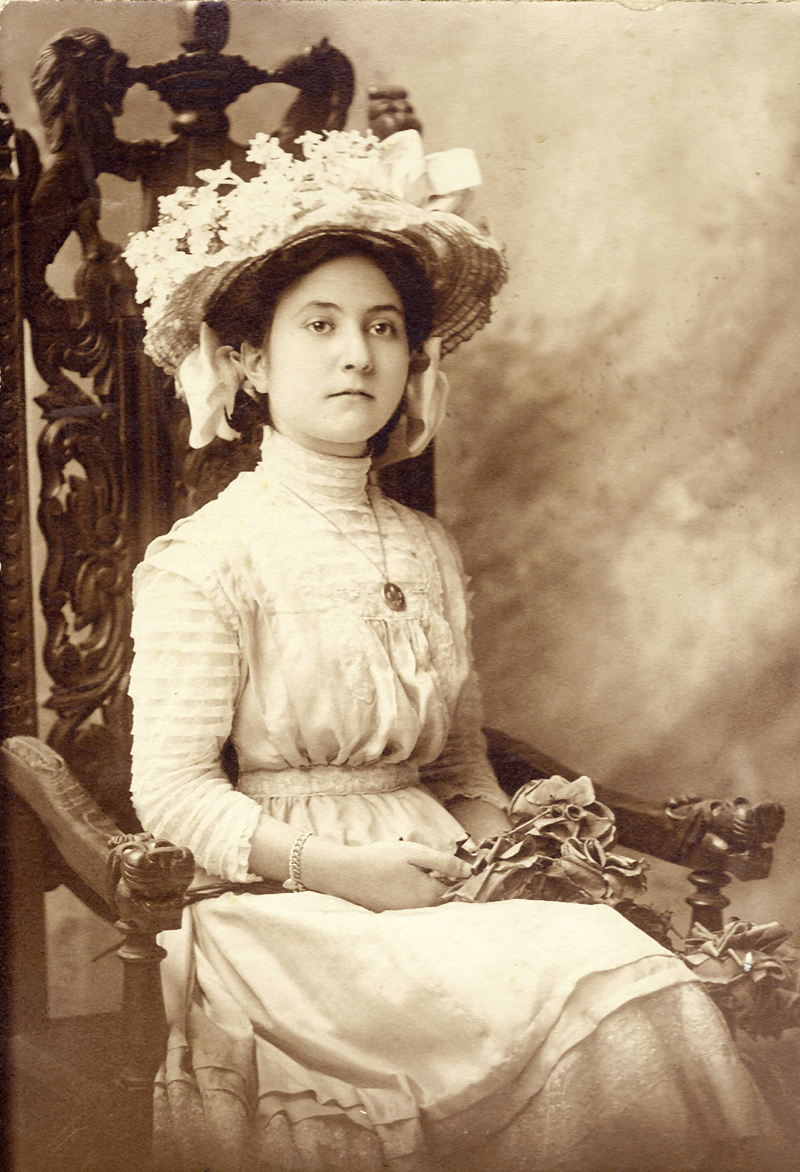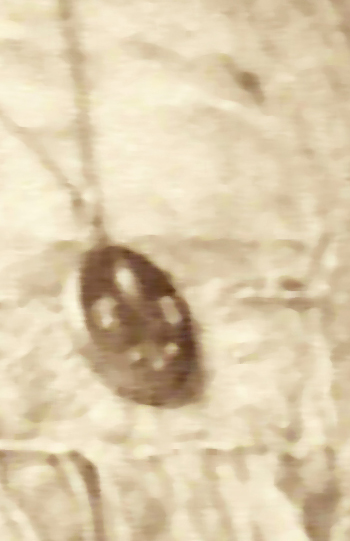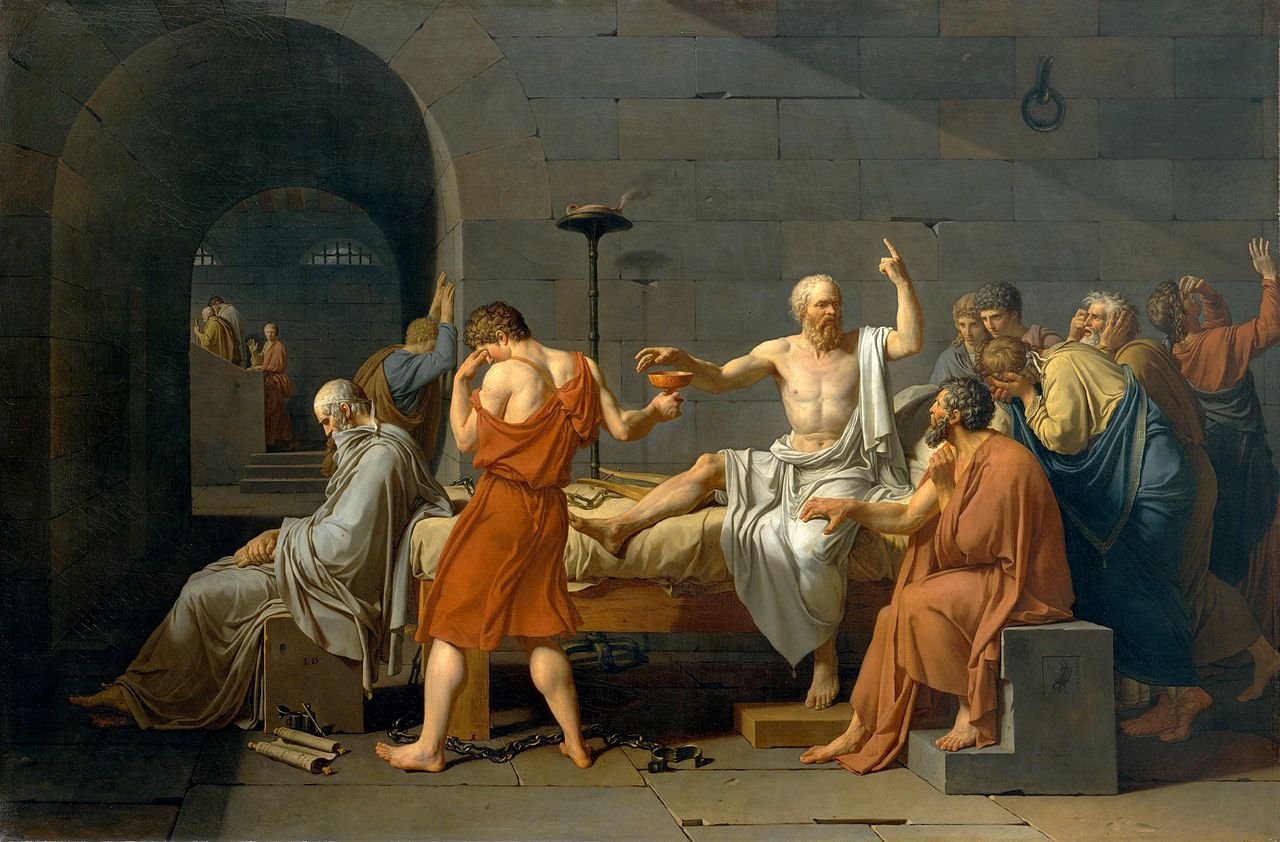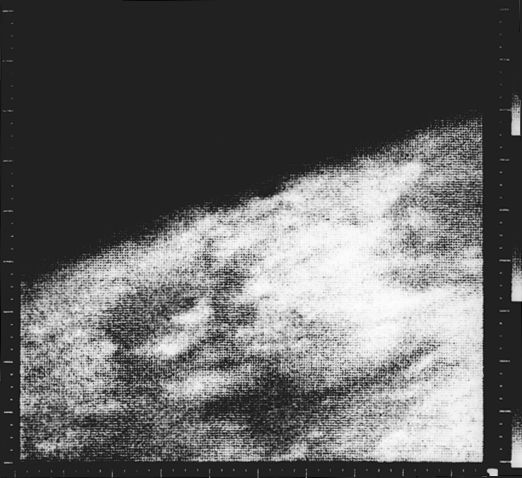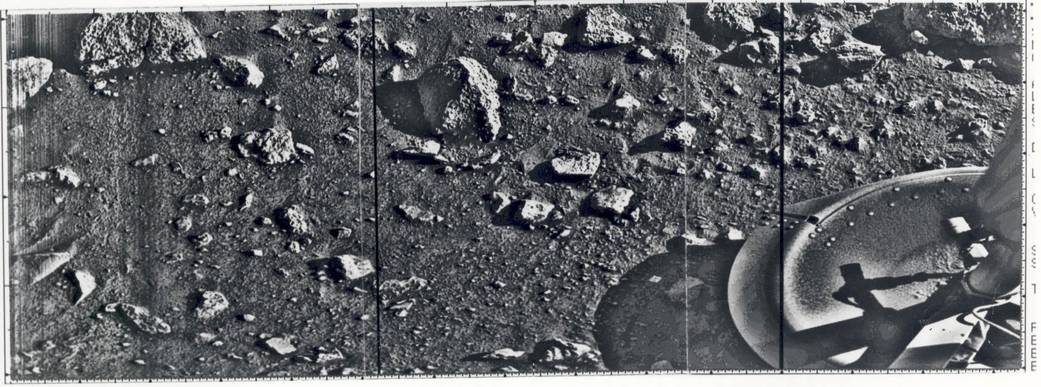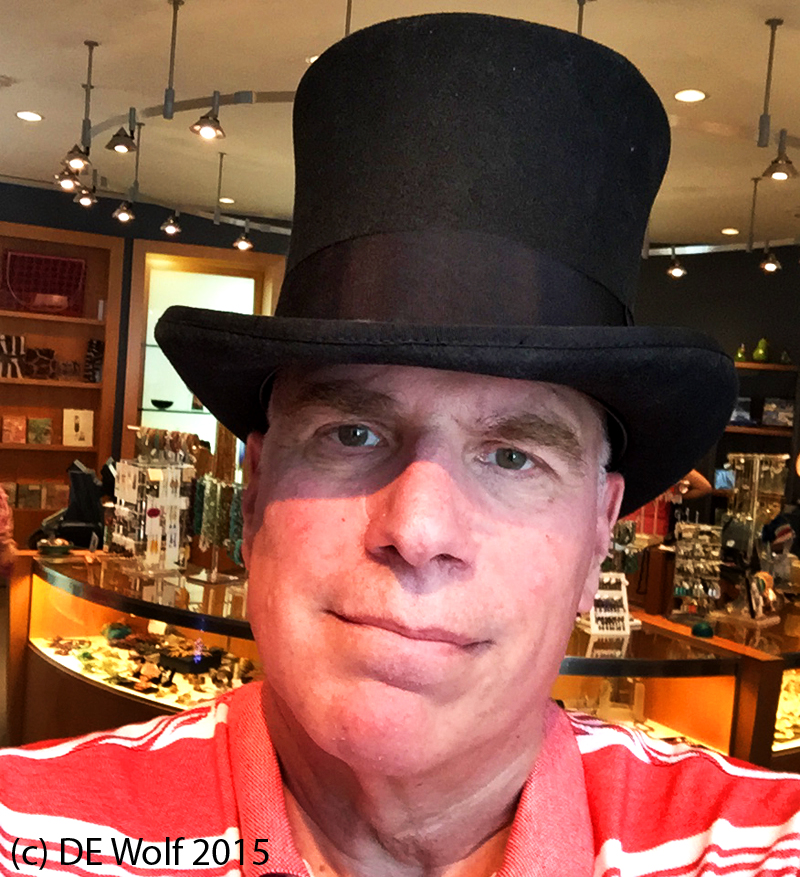About a week ago I blogged about famous photographic kisses and yesterday a kiss of note came up on the web. This was of former President Jimmy Carter, who is currently battling cancer, kissing his wife of 69 years, Rosyln, during an Atlanta Braves game – all very sweet! So we have two of the great love’s of President Carter’s life, his wife and the Atlanta Braves. All of this was caught on the MLB Web Cam at the Atlanta Braves park.
Web Cams are one of those peculiar phenomena of the twenty-first century, and particularly peculiar are these “Kiss Cams.” Kiss Cams in a sense a voyeurs. In another sense they offer up that little bit of fame that people seek, those few moments of being on reality TV – hint there is no reality to TV. On the other hand (wait that’s three) baseball games are long and can be quite boring since they are filled with long periods of time when the players are doing nothing. In fact, that’s kinda most of the time. And in reality there is no more frustrating and disgusting moment than to watch players and coaches chew and spit tobacco. Indeed, and much to his credit, Boston Mayor Marty Walsh signed an ordinance on September 9th banning smokeless tobacco like dip, snuff and chewing tobacco at all city sports venues — both professional and amateur. I am afraid however, that come next season there will be a lot of sunflower seeds flying around Fenway Park.
As an aside here, chewing tobacco has a long and sordid history in the United States. English novelist Charles Dickens derided tobacco spitting in a commentary on his 1842 tour of the United States. The author ridiculed Washington, D.C., as “the head-quarters of tobacco-tinctured saliva,” and observed that the “most offensive and sickening” practice of tobacco spitting was visible in “all the public places of America…” Signs in hospitals and other public buildings implored chewers to use spittoons, rather than the floors or marble columns. In some parts of the country, the filthy “custom is inseparably mixed up with every meal and morning call, and with all the transactions of social life.”
But back to the other saliva-based sport, namely kissing, after sixty-nine years the Carters have definitely perfected their art and their kiss offered weary American viewers a welcome break not just from the baseball game, but it also trumped the boredom of last Wednesday’s Republican Presidential Debate. There is no greater sport in America than politics, and I am rapidly getting to the point where I would rather they just shut up and chewed tobacco.

